Darjeeling Zoo breeding programmes help in preserving Red Pandas
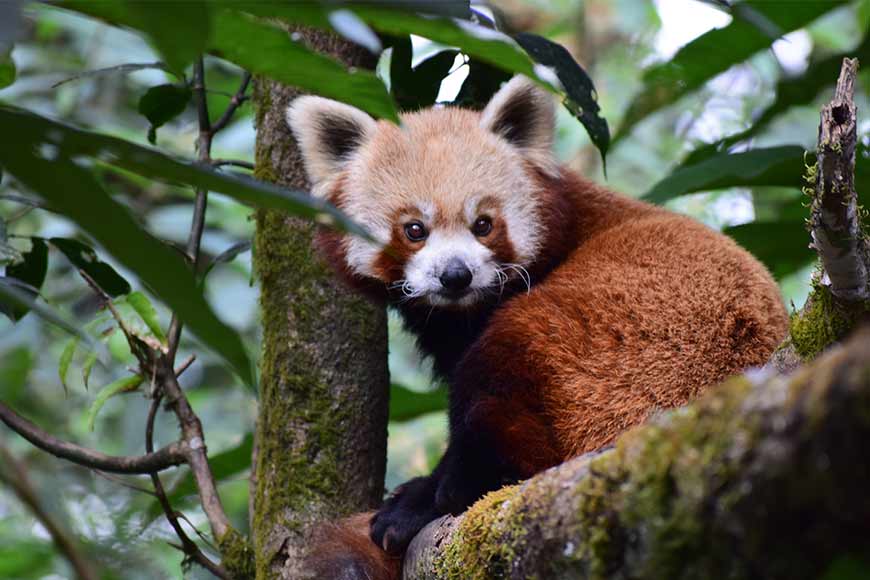
Red Pandas are possibly the cutest animals in existence. We humans find them particularly irresistible and that’s because our brains are hard-wired to connect with these sweet creatures, which, with their big eyes, small features, and round faces remind us of human babies — characteristics known as ‘baby schema.’
Red Pandas are smaller than people generally expect them to be, since their name is often associated with the Giant Panda. In fact, these little creatures are about two feet long when they are grown, about the size of a house cat, though their big, bushy banded tails add an additional 18 inches to their size. They are built for cold weather; even the bottoms of their feet are furred. They live in mixed forests with an undergrowth of bamboo, at an altitude of 4,600 to 15,000 feet, a limited ecological niche.
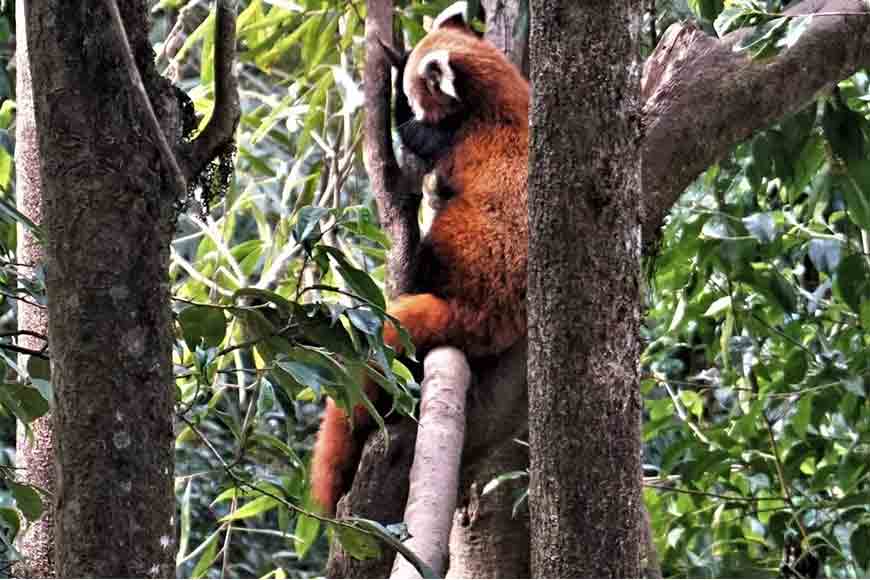
To protect Red Pandas, it is important that community-based conservation and protection measures are implemented. The International Red Panda Day was launched by the Red Panda Network in 2010. This day is celebrated on the third Saturday of September every year and it aims to raise public awareness and support for red panda conservation issues. The first International Red Panda Day was celebrated on September 18, 2010.
In India, the animal is distributed in three states only: West Bengal (Darjeeling district only), Sikkim and Arunachal Pradesh. The animal is protected under Schedule 1 of the Wildlife Protection Act 1972 in India, which means it is accorded the same protection as tigers. India has 20 protected areas with known or possible red panda populations in Sikkim, Arunachal Pradesh, and West Bengal such as Khangchendzonga, Namdapha and Singalila National Parks, and a coordinated conservation policy for the Red Panda. The 25,085 square km Kangchenjunga landscape (KL), encompassing India, Nepal and Bhutan, ranges in elevation from 40 metres to 8,586 metres and is home to more than seven million people, while hosting more than 4,500 species of plants and at least 169 mammal and 618 bird species. Project Red Panda was launched in 1986 at the Padmaja Naidu Himalayan Zoological Park aka Darjeeling Zoo in Darjeeling to help protect the endangered species.
The Newborn Red Panda cubs at PNHZ Park..@CZA_Delhi @zoos_aquariums @waza @UNEP @UNBiodiversity pic.twitter.com/jg0OE7uKfL
— Darjeeling zoo (@PnhzPark) July 29, 2021
Saurabh Chowdhury, Member, Secretary, West Bengal Zoo Authority explained: “The landscape supports the trans-boundary population of red pandas in India, Nepal, and Bhutan. To learn more about how populations are faring in the Indian part of the landscape, scientists undertook distribution modelling and fine-scale landscape genetics. They discovered that due to habitat fragmentation and rapid changes in the land use patterns, Red Pandas exist in a series of localised, small, imperfectly connected populations in India. They are facing the threat of extinction due to poaching, habitat destruction and fragmentation.”
Red Pandas are tree-dwelling arboreal mammals and primarily feed on bamboo leaves like Giant Pandas, although they supplement that with many other foods as well — fruit, acorns, roots, eggs, insects and even small birds. Like Giant Pandas, they have an extended wrist bone that functions like a thumb that they use to grip firmly when climbing. Genetically, they are closely related to bears, raccoons and skunks. Wildlife experts say the Red Pandas are the least aggressive animals to have survived in the wild because their habitat is an inaccessible terrain covered by bamboo forests on high altitudes.
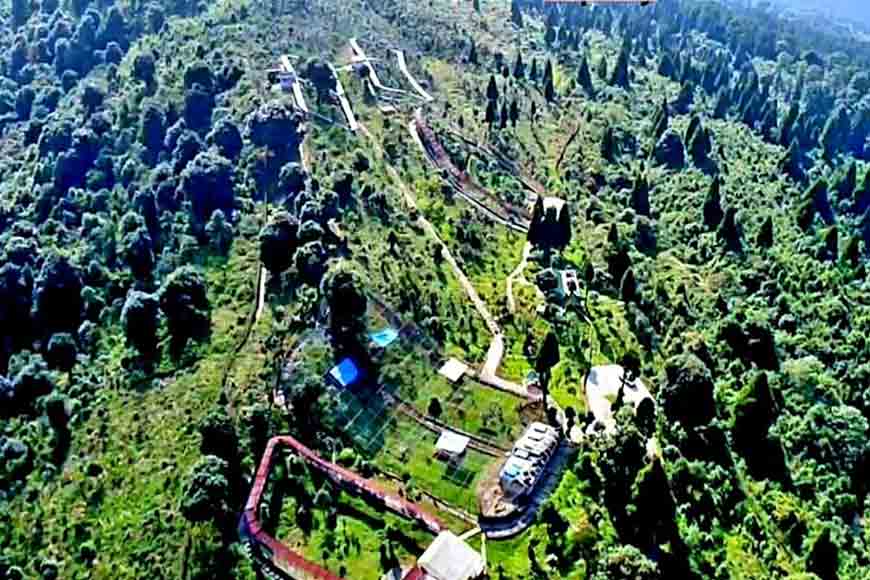 Aerial View-Off Display Consevation Breeding Centre for Red Panda and Snow Leopard at Topkeydara
Aerial View-Off Display Consevation Breeding Centre for Red Panda and Snow Leopard at Topkeydara
As Chowdhury added, “Around 48 genetically healthy Red Pandas were bred at the Padmaja Naidu Himalayan Zoological Park after importing new bloodlines from Europe. The captive breeding project of the Darjeeling Zoo is aided by scientific research and effective monitoring of the animals. Electronic chips injected into the captive pandas allow the zoo researchers to keep track of their movement both within the zoo and when they are first released into the wild.”
The wild population of Pandas around Darjeeling is at the Varshey Rhododendron Sanctuary, Neora Valley National Park and the Singalila National Park. The zoo also has an off-display breeding centre for both red pandas and snow leopards. “The pandas bred in captivity are initially soft-released -- kept within a large enclosure in the sanctuary to help them acclimatize to their surroundings. We use a method known as ‘homing-in’ method, where we go very close to the animal to check on them and find out if they need any kind of help or assistance from us. We don’t release the Red Pandas directly into the wild, we have a soft release facility, where they get acquainted with the wild texture or the wild habitat. Experts and researchers observe the red pandas for around six months and then finally when they realize the pandas are fit to survive in the wild, then we release them,” explains Chowdhury.
Recently, a Red Panda named ‘Yeshi’ gave birth to two cubs at the Topkey Dara Conservation Breeding Centre. The cubs were fathered by Noel, a zoo-bred Red Panda. With the two new cubs, the Red Panda population at Darjeeling Zoo is now 25. The Padmaja Naidu Himalayan Zoological Park is the coordinating zoo for the Red Panda breeding programme (Project Red Panda) in India since the inception of the project in 1990.
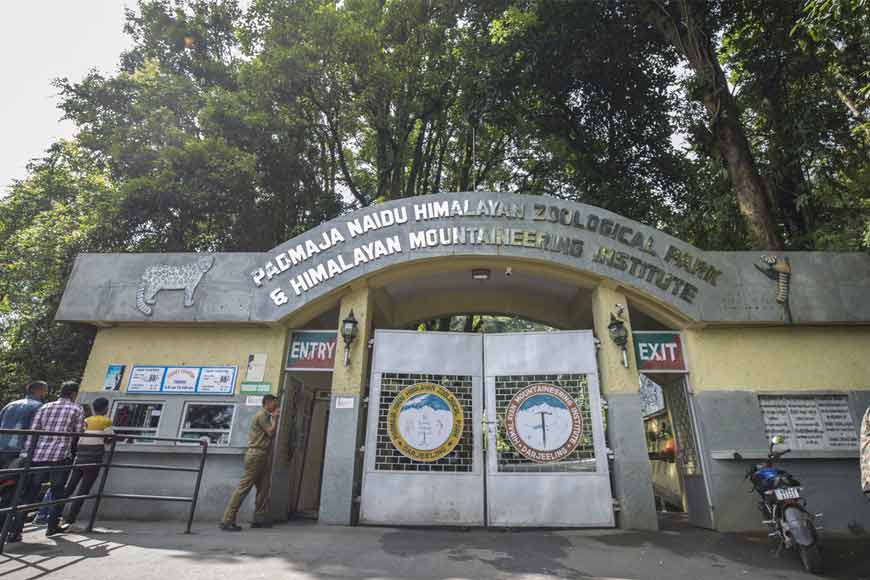
Mr Chowdhury insists “Protection of the wild habitat of the Red Panda is crucial to saving the species.” But even as conservation efforts are underway, a recent report by TRAFFIC India brought Red-Panda related crimes into sharp focus. TRAFFIC is a non-governmental organisation working globally on trade in wild animals and plants. It said that recorded incidents of Red Panda-related crimes were significantly high in Nepal. Similarly, though not reported prominently by media, these crimes (targeted/non-targeted poaching, trade of products mainly fur) do exist in India too, albeit at a fairly low level.
To protect Red Pandas fully, it is important that community-based conservation and protection measures are implemented, including mitigation of non-targeted trapping practices. Cross border co-operation and co-ordination is also necessary for the protection of wildlife that migrates beyond borders.
The International Union for the Conservation of Nature (IUCN) which assesses the status of wild populations of animals, estimates that about 10,000 red pandas live in the wild, in two sub-species. The two species are distributed in the eastern and north-eastern Himalayan sub-alpine conifer forests and the eastern Himalayan broadleaf forests, which geographically fall in China, India, Nepal, Bhutan, and northern Myanmar. They live on mountain slopes in a narrow band running from the foothills of western Nepal to China in the east. The organization categorized red panda as endangered in 2008 because its population has declined by 50 per cent over the last three generations (estimated at 18 years) and this decline is projected to continue, and probably intensify, in the next three generations. Deforestation and disease threaten them now, and climate change looms.
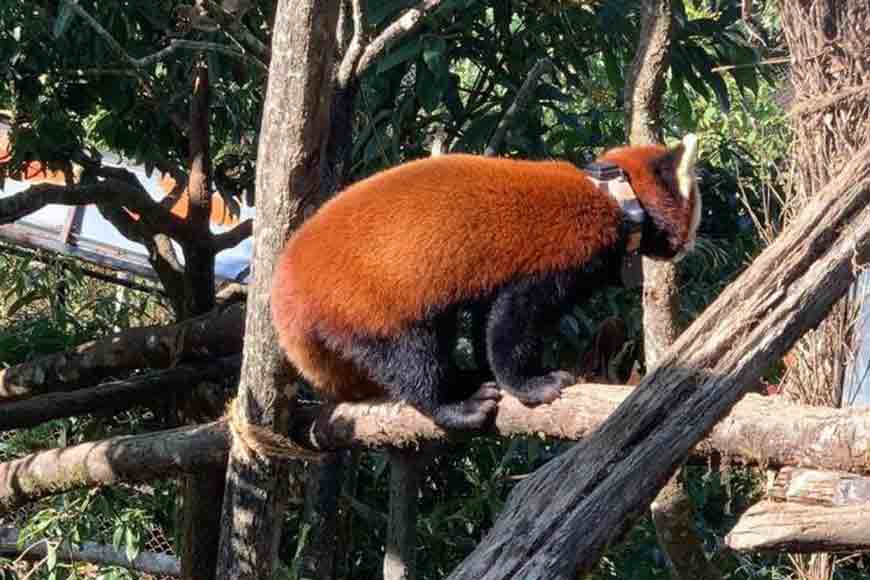
As the world gears up to celebrate International Red Panda Day, special programmes will be held at Darjeeling Zoo to sensitize people about this exquisitely beautiful, harmless creatures and seek their support to protect Red Pandas and their homes. With the Covid-19 pandemic, all zoological parks including the Darjeeling Zoo shut their doors to visitors for more than five months in March this year after the COVID-19 second wave break. However, the zoos have opened their doors to visitors from September 16 with all Covid protocols in place. Meanwhile, the zoo has taken to social media to continue to showcase the animals virtually. Darjeeling Zoo has been sharing clips of the animals housed in the zoo on Twitter.
Elizabeth Freeman, a conservation biologist at George Mason University and a research associate at the Smithsonian institute emphasizes on a crucial point when she says, “I see them (the Red Pandas) as being a critical indicator species for the health of the Himalayan ecosystem, probably more so than giant pandas.” And that sums up our future as well.











